
SEPTEMBER 21, 22, 23, 2021
IVT VIRTUAL LIVE FEBRUARY 9 & 10, 2021
PROCEEDINGS NOW AVAILABLE TO VIEW
ON DEMAND – CLICK HERE FOR ACCESS
Times stated below are CET (GMT+1hr)
 Gunwant Dhadyalla
Gunwant Dhadyalla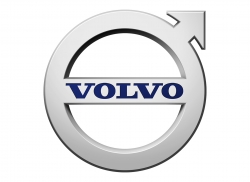 Uwe Müller
Uwe Müller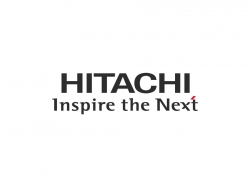 Anthony Ohazulike
Anthony Ohazulike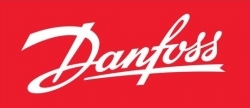 Dr Helder Camara
Dr Helder Camara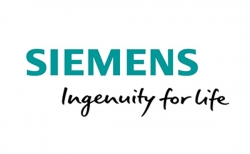 Gaétan Bouzard
Gaétan Bouzard Gaétan Bouzard
Gaétan Bouzard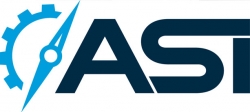 Mel Torrie
Mel Torrie Darcy Cook
Darcy Cook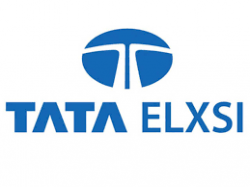 Sreejith S V
Sreejith S V Gunwant Dhadyalla
Gunwant Dhadyalla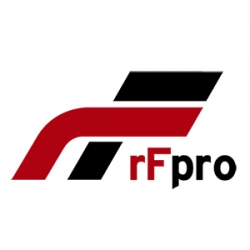 Matt Daley
Matt Daley Kristiaan De Meester
Kristiaan De Meester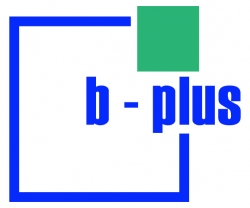 Alexander Noack
Alexander Noack Raul Bravo
Raul Bravo Emil Dautovic
Emil Dautovic Emil Dautovic
Emil Dautovic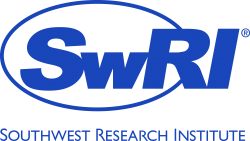 Dr Edmond DuPont
Dr Edmond DuPont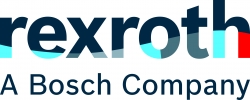 Adrien Mouaffo Tiadjio
Adrien Mouaffo Tiadjio Bernhard Knauder
Bernhard Knauder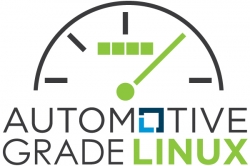 Dan Cauchy
Dan Cauchy